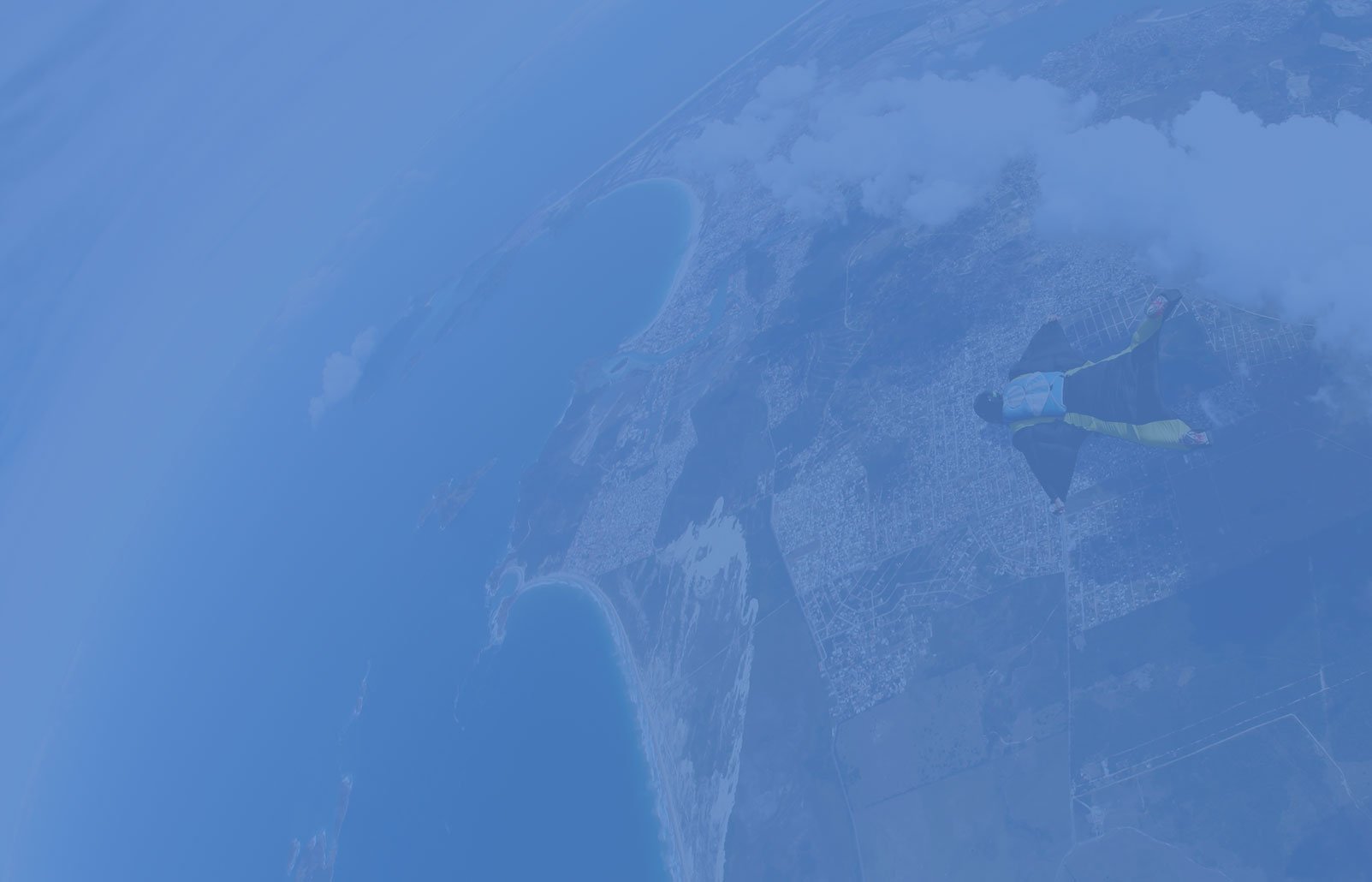Marketers talk a lot about messaging and positioning, both at the product level and the brand level. Positioning your company’s products against the competition is a big part of how you engineer your markets to behave the way you want them to. And need them to.
Nearly every company we’ve ever worked with has developed some kind of competitive battlecard, often with our help. It’s usually one of those matrices with competitors across the top and features down the side, and x’s and check marks that show product superiority. Great – that’s an essential sales enablement tool.
But what get less attention from most companies is the flip side of disruptive positioning. It’s de-positioning, and de-positioning can become one of your company’s most powerful competitive weapons.
De-positioning is a way of increasing the distance between you and your competition. It’s a way of expanding how the market perceives the value gap we all call differentiation.
When you compare your products to others in the market, you have to not only generate market confidence in you, but at the same time sow the seeds of doubt about your competition. No technology buyer wants to make a foolish decision, and even with B2B, every buying decision is based on emotion.
With de-positioning, we don’t put anybody down, we just work to make the market perceive that your competitors’ approach, while it might have been just fine in the absence of a better solution, is now irrelevant, out-dated, obsolete, rusty and basically a decision that not only makes no sense, but is actually poses a risk.
I’ll give you a couple quick examples:
E8 Storage was a disruptive startup that invented a data storage architecture that delivered 10 times the performance for half the cost of existing products. We launched E8 out of stealth and to put as much distance between the company and its competitors, we included in all our content and our media briefings the message that any vendor whose storage was expensive and underperformed for today’s hyperscaled needs was simply behind the times. The strategy worked, and E8 was eventually acquired by Amazon Web Services (AWS).
Foresight Automotive was a startup we launched at CES. To get above the noise and chaos of the show, we created a tagline and messaging that focused on the unique ability of the company’s QuadSight product to give self-driving cars 100% visibility in all driving conditions. Our new tagline was “Automotive Vision, Perfected,” and by setting the bar at perfect, 100%, we made anything less look unacceptable. Through de-positioning, every single competitor now had to answer to Foresight’s positioning. The campaign resulted in top-tier business coverage, more than 65 million views of unique media coverage and nearly 100 million views of the press release. More importantly, it generated nearly 400 new customer leads for the company.
So as you put together your marketing strategies, spend some quality time to develop competitive de-positioning. We can help you with it, but either way, de-positioning is an essential part of your marketing toolkit.







